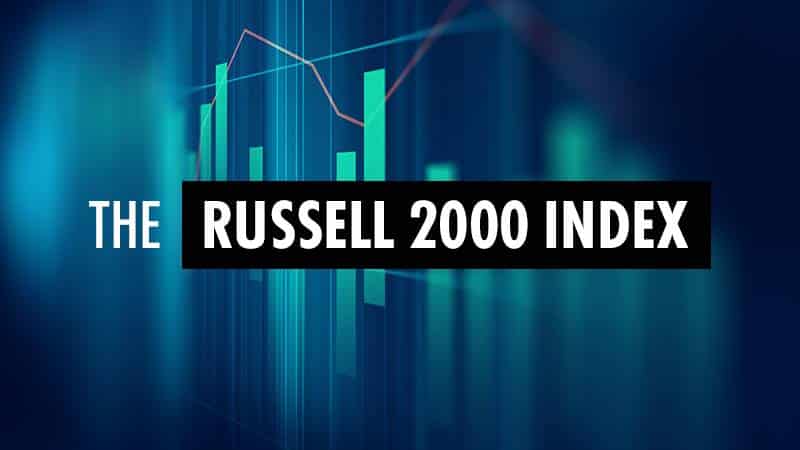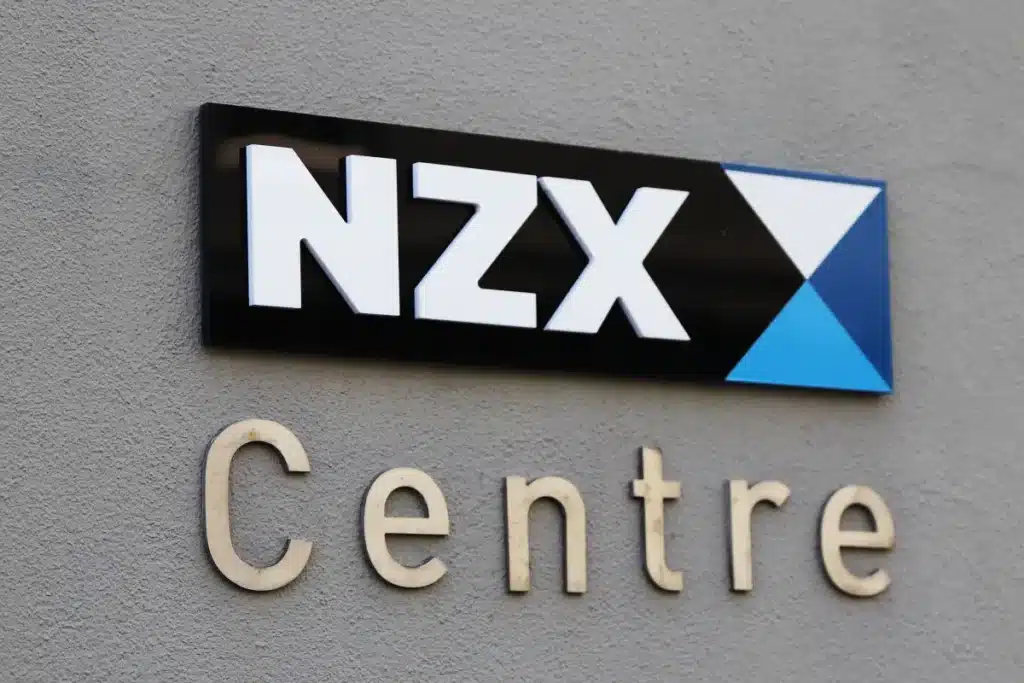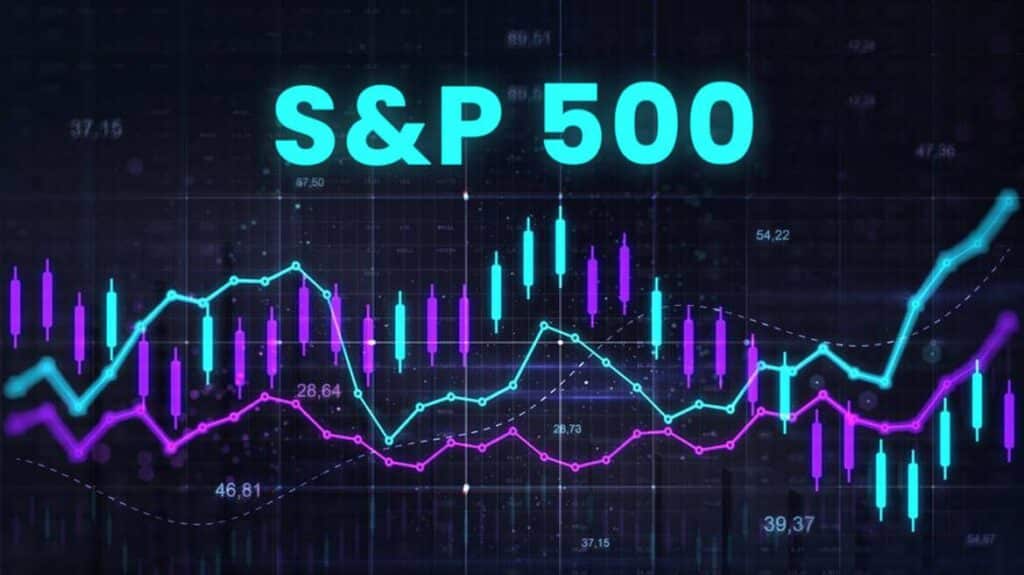Understanding Today’s Market Movements: A Look at Futures, Tariffs, and Federal Reserve Comments
As we begin the trading week, we’re seeing U.S. stock futures taking a slight dip, signaling what could be a challenging start for Wall Street. This movement isn’t happening in a vacuum—it’s tied to multiple factors that are currently at play on the global stage, notably the ongoing tariff policies and recent remarks concerning the Federal Reserve by former President Donald Trump.
First, let’s address the elephant in the room: tariffs. Tariffs have been a point of contention and concern for investors, as they have the potential to influence both domestic and international markets. President Trump’s continued reliance on tariffs as a bargaining tool has investors on edge. These tariffs impact a wide range of imports, and nations affected by these tariffs are starting to push back. Notably, China has cautioned other countries about engaging in trade deals with the U.S. that could harm their interests. The uncertainty surrounding trade policies creates a ripple effect, causing volatility and unpredictability in market behavior.
Adding fuel to the fire are Trump’s recent comments targeting the Federal Reserve. His critique centers on the Fed’s approach to interest rates and its impact on the U.S. economy’s competitiveness. The relationship between political figures and the Federal Reserve is always delicate, and criticism from public figures can influence investor confidence. As the dollar takes a hit following these comments, we’ve also noticed a significant bounce in bitcoin’s price, climbing 3% to a striking $87.5k. This uptick highlights how digital currencies can serve as a refuge in times of fiat currency volatility.
On the horizon, several events are poised to keep investors cautious. Jobless claims data and the ongoing earnings season are likely to steer narratives throughout the week. While the labor market data will provide a snapshot of economic health, corporate earnings will offer insight into how companies are navigating the current economic headwinds.
In Asia, markets have shown mixed reactions. China’s market inched higher as its central bank, the People’s Bank of China (PBoC), maintained its current stance on monetary policy, offering some stability. Conversely, Japan’s markets saw a decline following the release of stronger-thought Consumer Price Index (CPI) data, signaling inflation pressures that could weigh on future economic growth.
Overall, market participants should brace for potential shifts as these dynamics continue to evolve. While, in some instances, such uncertainties offer investment opportunities, they also require a keen understanding of global events and their potential impact on investments.
Stay tuned for more updates on the evolving market landscape, and as always, continue expanding your investment knowledge by leveraging resources like our AI-driven financial advisor tool to navigate and explore fresh opportunities.
Understanding Today’s Top Analysis
For those of you keen on staying informed about the latest market dynamics, today’s top analysis brings some intriguing insights. We have a variety of perspectives covering market trends and what to watch out for this week, so let’s break them down for easier digestion. Each analysis provides valuable guidance to aid your investment decisions and strategies.
Is Risk-Off Positioning Signaling a Market Low?
In this analysis segment, *risk-off positioning* is under examination as an indicator of potential market lows. Essentially, risk-off positioning refers to investors shifting their portfolios towards safer assets, typically during times of economic uncertainty. Understanding this concept is crucial, especially when trying to predict market behavior. By following these positioning trends, investors can gauge market sentiment and determine whether a significant market shift is imminent. The implication here might be that if the market is indeed signaling a low, it could be an opportune time for strategic investment moves.
Make or Break – 3 Indicators to Monitor This Week
This piece underscores the importance of closely monitoring three key indicators this week. These could be any combination of economic reports, market catalysts, or international events that have the potential to significantly sway market trends. Knowing which indicators to watch allows investors to react promptly to changes, ensuring that they are well-positioned to capitalize on market movements or, conversely, protect their investments from potential losses.
The 2025 Market Roller Coaster Could Feel Much Worse Than Reported
Describing the market as a *roller coaster* certainly adds color to its volatility. This analysis delves into factors that might make the market’s current ups and downs seem even more intense than observed. Such insights might include hidden economic pressures, shifts in investor sentiment, or external shocks that aren’t fully reflected in headline statistics. Having this in-depth perspective reminds investors of the importance of stress-testing their portfolios and staying flexible to navigate potentially turbulent times ahead.
Week Ahead: Jobless Claims, Housing Data in Focus but Earnings May Steal Spotlight
The focus here is on upcoming economic indicators that could affect the markets significantly. Jobless claims and housing data are traditional bellwethers for economic health, and major shifts in their figures can indicate larger market trends. However, given that *earnings may steal the spotlight*, it highlights how corporate performance can overshadow broader economic conditions. For investors, earnings season is a critical time to reassess the valuations of their holdings, offering clues about economic resilience or vulnerability.
Inflation Risk Could Be Subsiding Rapidly
This final analysis suggests that inflationary pressures might be easing more quickly than many had anticipated. Inflation risk affects purchasing power and investment returns, so an analysis suggesting it might be subsiding is worth noting. If inflation is indeed cooling down, this might lead to adjustments in how financial products are priced and could potentially influence central bank policies. Investors need to stay alert to these developments as they could impact interest rates, currency values, and other investment avenues.
To sum up, these analyses provide a robust snapshot of the current market climate. By understanding these insights and acting upon them wisely, you are better equipped to navigate the complexities of stock investing. Remember, continuous learning and staying informed are key components of successful investing.
Today’s Top News
Keeping your finger on the pulse of the financial markets is crucial for any investor. In today’s fast-paced landscape, staying informed about the latest global events that can influence market dynamics is key. Here’s a breakdown of the major news stories influencing investment decisions:
-
Futures dip with tariffs, Trump Fed comments in focus:
U.S. stock futures are taking a slight downturn as concerns about the implications of President Donald Trump’s tariff policies linger. The market is also keenly focused on recent comments from Trump about the Federal Reserve, indicating potential shifts in market sentiment. Investors are keeping a watchful eye on how these factors might impact the upcoming trading week on Wall Street.
-
China warns countries not to cut trade deals with U.S. that may harm its interests:
China has issued a cautious warning to countries around the world about engaging in trade deals with the United States that might negatively impact Chinese interests. This message highlights the ongoing tension in international trade relations and serves as a reminder of the potential volatility in market exchanges resulting from geopolitical shifts.
-
Bitcoin price today:
The value of Bitcoin has surged by 3% to $87.5k. This jump in cryptocurrency prices comes amid a weaker dollar, driven by President Trump’s comments criticizing the Federal Reserve. For investors exploring digital currencies, these fluctuations in Bitcoin’s value underscore the vibrant nature of crypto markets and the necessity to stay informed about broader economic indicators that may affect them.
-
Pope Francis passes away at 88:
In a solemn update, the Holy See announced the passing of Pope Francis at the age of 88. While this is significant global news, it may not directly impact financial markets. Nonetheless, his passing could have indirect effects on international relations and policies, considering his influential position in global dialogues on various social and economic issues.
-
Asia stocks mixed:
Stock markets across Asia show diverse movements today. Chinese stocks are seeing a slight uptick as the People’s Bank of China holds steady on key financial policies, signaling economic stability. However, Japan’s markets have fallen after robust consumer pricing index numbers raised concerns of inflation. Such mixed developments in regional markets highlight the disparate economic conditions and regulatory environments across Asia, which could guide investors in diversifying their portfolios accordingly.
Understanding these top news stories is essential as they navigate the complexities of the stock market. Staying updated on such developments enables investors to make informed decisions, anticipate market shifts, and identify new opportunities. Whether you are seasoned in investing or taking your first steps into the stock market, maintaining awareness of these events can equip you with the knowledge needed to safeguard and potentially grow your investments.








